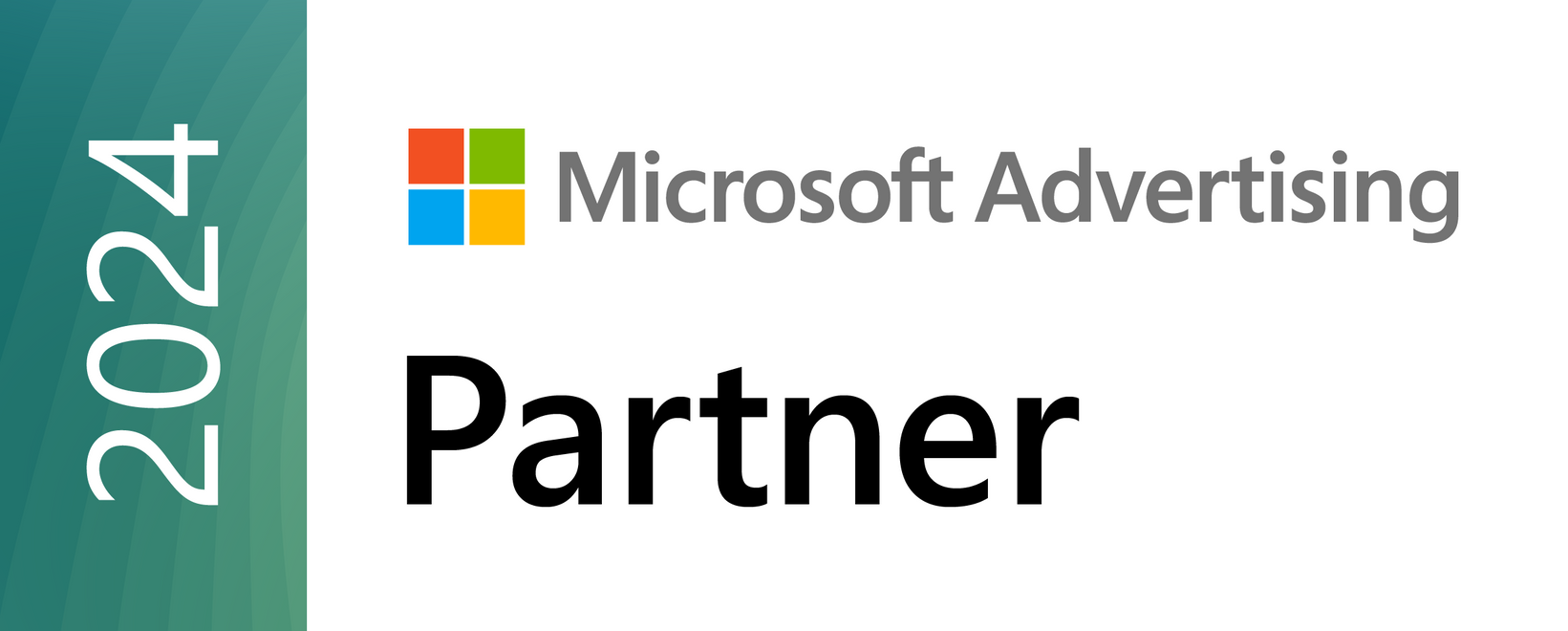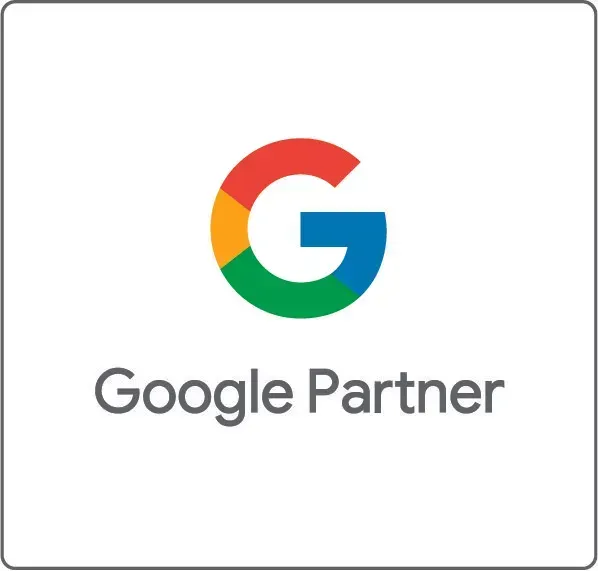What Is Answer Engine Optimization (AEO) and Why Will It Matter for Businesses in 2026?

The rapid downfall of search predicted in those heady early days of ChatGPT and Perplexity has not come to pass, but that doesn’t mean businesses can safely ignore answer engine optimization (AEO) or generative engine optimization (GEO).
Many people have started using Google’s AI Overviews, Bing Copilot and Perplexity, and the decrease in click-throughs is being reflected in monthly reporting figures. This has resulted in some frequently asked questions from business owners, particularly those with limited marketing budgets:
- Why should I pay for SEO if I’ll no longer get click-throughs?
- Is there any way to stop these nefarious engines from stealing my website’s knowledge without sending potential customers to my site?
The answer is complicated. In simple terms, SEO still matters because most searchers are still searching the old-fashioned way. There are also real reputational and brand awareness benefits to becoming a trusted source for answer and generative engines.
However, paying for just SEO would be a mistake. You should expect your current provider to optimize for traditional search, answer engines and generative engines. It is a problem if they’re still following an SEO-only playbook.
Defining Terms: Answer Engines vs. Generative Engines
An answer engine retrieves concise responses directly from indexed web content. Classic examples include Google’s Featured Snippets, People Also Ask and Knowledge Panels, which pull information algorithmically from trusted sources to display quick, factual answers.
A generative engine, by contrast, uses large language models (LLMs) to synthesize new text based on what it has read online. Tools like ChatGPT, Bing Copilot and Perplexity generate custom summaries or advice instead of quoting verbatim.
Today, these systems increasingly overlap. Google’s AI Overviews, for instance, combine retrieval-based snippets with generative text to create blended summaries. AEO focuses on the shared goal across both: positioning your business as a cited, authoritative source when users ask questions.
How Big Is the Shift Toward AI and Answer-Driven Search?
AI and answer-engine usage has been increasing. According to a 2025 Search Engine Land survey, 71.5% of users had tried AI tools for search, but only 14% used them daily. Adoption is high, but habitual use is still emerging.
At the same time, Search Engine Journal found Google’s AI Overviews appearing in roughly 25–30% of all searches in early 2025, and in nearly three out of four “how-to” or problem-solving queries, a share that has likely grown in the past 9 months. These results influence many millions of impressions per day.
However, businesses would be wise not to count traditional SEO out. There are indications that searchers are becoming increasingly suspect of AI results, particularly when they’re not well cited and contextualized. Receiving incorrect answers from AE and GE is still relatively common, and the pervasiveness of the issue has slowed the rate of adoption.
As a result, current search volume on Google doesn’t reflect the meteoric decline some analysts were predicting two years ago when generative search seemed like an unstoppable force.
Why AEO Differs From Traditional SEO
Search engine optimization aims to rank pages. Answer engine optimization is all about garnering citations. That distinction does matter when creating, formatting and updating content, but the optimization approaches are not mutually exclusive: you can do both.
SEO is still about enhancing relevance and competitive positioning via the traditional keyword optimization approach. AEO, by contrast, is more focused on accessibility and precision. Content that’s simpler for machines to parse, summarize and trust tends to perform better than keyword-stuffed blocks of unwieldy copy.
Where SEO depends heavily on ranking factors, AEO depends on retrieval efficiency and information structure.
The benefit of going after AEO citations for small businesses is that the Google algorithm and answer engines don’t need to decide that your page deserves position one against all the heavy hitters with six- or seven-figure SEO budgets and decades of domain authority dominance. They only need to know your content provides a clear, verifiable answer that aligns with user intent.
You can increase your likelihood of being the source for those answers with:
- Structured data and schema that define entities and relationships, helping search systems understand who you are, what you offer and where you operate.
- Clear Q&A formatting and
conversational headings that map directly to natural-language queries.
- Factual precision, so AI tools can extract snippets confidently without misrepresenting the content.
- Recency and context updates, since modern answer engines have a recency bias and favor content refreshed with current statistics and examples.
AEO also leans more on contextual phrasing than keyword volume. Writing in complete, natural sentences, such as “What is the difference between GEO and SEO?”, often performs better than fragmented keyword stuffing.
In short, SEO is still focused on getting users to your site. AEO ensures your expertise is visible even when they don’t click through, enhancing brand awareness and authority. It’s visibility without dependency on ranking position.
Why You Shouldn’t Choose Just One Optimization Path
Businesses don’t need to pick between SEO, AEO and GEO. Clarity, authority, schema and structured writing support all three. It’s possible to include AEO-friendly content on a search-optimized page.
For example, FAQs, how-to sections and well-structured data are the ideal AEO format, and it’s easy to add and refresh those sections on older service pages that were initially built for SEO purposes.
The approach for GEO differs because generative systems rely on semantic relationships, not rank signals. They interpret meaning rather than metrics, pulling from context, tone and consistency across the web. That’s why GEO prioritizes phrasing, source alignment and brand safety, ensuring that if an AI summarizes your business, it does so accurately.
These don’t have to be competing priorities. Pages on your website can simultaneously have:
- Technical transparency (AEO) via clear schema, factual alignment and updated metadata that machines can verify.
- Narrative control (GEO) achieved through consistent phrasing, messaging and tone.
- Keyword targeting (SEO) layered into headings, metadata and natural text flow.
Together, they capture users who still search traditionally, those who rely on AI overviews and those who prefer conversational assistants.
Ignoring any one of them means surrendering a share of your audience, which is never worth it, even if that segment is currently only 15–20% of total users.
Get Expert Guidance on Current AEO, GEO and SEO Strategies and Implementation
At REV77, we pride ourselves on helping SMBs adapt their websites to the rapidly evolving search landscape. There are times when a full rebuild is preferable to optimizing a Paleolithic website, but in many cases, your existing website can be optimized to increase your brand’s reach and authority in answer engines and generative search without sacrificing your hard-won SERP positions. Fill out our form to request a free audit of your website.





